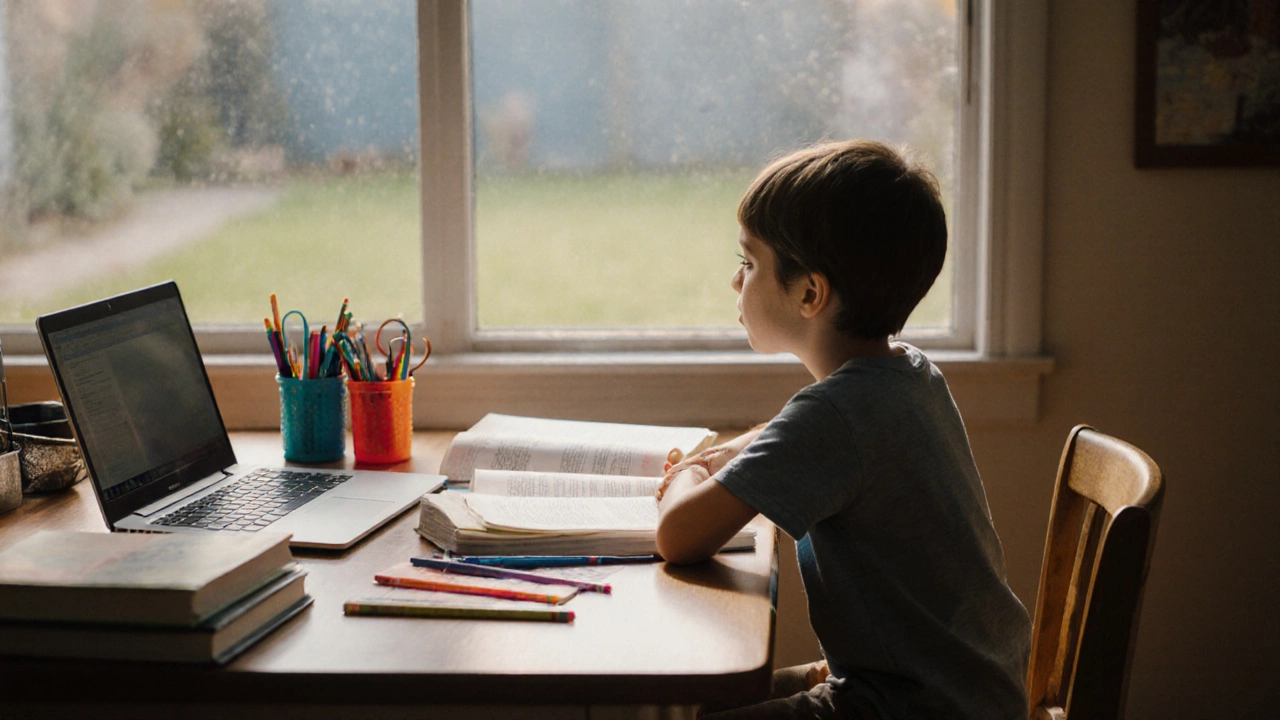Socialization in Early Childhood: Why It Matters
When working with socialization, the process by which children learn to interact, share, and understand others. Also known as social development, it lays the groundwork for school success and lifelong relationships.
One of the first building blocks is peer interaction, the everyday exchanges between children that teach turn‑taking, empathy, and conflict resolution. This peer interaction works hand‑in‑hand with collaborative learning, group activities where kids solve problems together, share ideas, and build mutual trust. Both require solid communication skills, the ability to express thoughts clearly and listen actively, which in turn nurture emotional intelligence, awareness of one's own feelings and the feelings of others. In short, socialization encompasses peer interaction, demands communication skills, and is reinforced by collaborative learning.
How These Elements Shape Everyday Learning
When a child joins a circle time, the teacher is not just teaching letters; they are modeling turn‑taking and respectful listening. Those moments spark emotional intelligence, letting kids recognize when a classmate feels left out and step in to help. Research in early childhood settings shows that children who regularly engage in collaborative projects develop stronger language abilities and higher confidence in group settings. This link explains why schools that prioritize play‑based group work see better attendance and fewer behavioral issues.
Parents can extend the classroom benefits at home. Simple games like building a Lego tower together or cooking a snack encourage peer interaction and collaborative learning right in the kitchen. As children negotiate who gets the next piece or measure ingredients, they practice communication skills and become more attuned to each other's emotions. Over time, these small routines turn into lasting habits that support school readiness.
Educators also use structured routines to reinforce socialization. Circle discussions, partner reading, and cooperative science experiments give kids repeated chances to practice the core skills. By embedding these activities into daily schedules, teachers create a predictable environment where socialization thrives naturally.
Finally, assessment of socialization goes beyond test scores. Observations of how children share, resolve disagreements, and express feelings provide a richer picture of their development. When teachers track these behaviors, they can tailor interventions—like targeted communication workshops—to help any child who needs extra support.
Below you’ll find a curated mix of articles that dive deeper into each of these themes: practical tips for parents, classroom strategies for teachers, and research‑backed insights on why socialization matters for lifelong learning. Explore the collection to see how you can nurture stronger peer interaction, collaborative learning, communication skills, and emotional intelligence in the children you care about.
The Biggest Disadvantage of Homeschooling Explained
Explore why limited social interaction tops the list of homeschooling drawbacks, its effects on development, and practical ways parents can counteract it.
